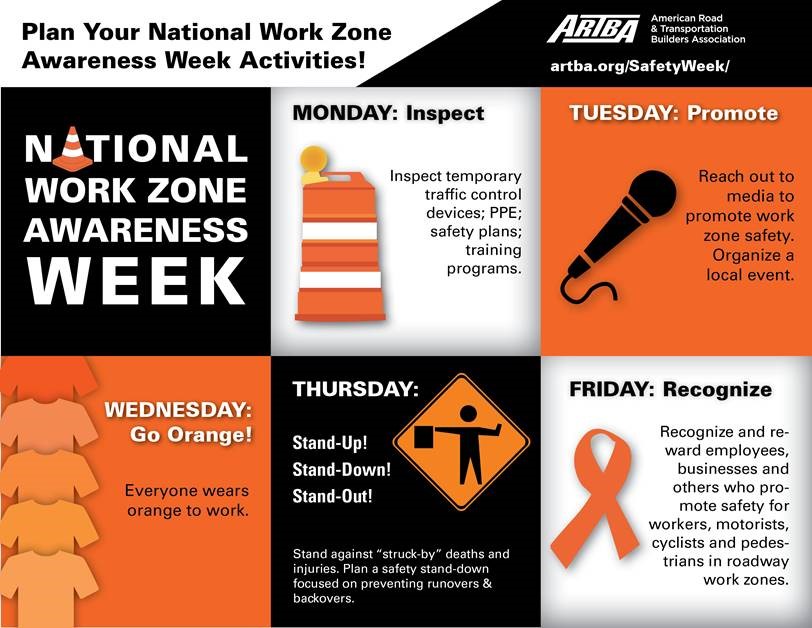 “By experience we find out a short way by a long wandering.” ~ Roger Ascham
“By experience we find out a short way by a long wandering.” ~ Roger Ascham
Author Tom Peters and his partner Bob Waterman first coined the term MBWA, or Managing By Wandering Around, in the 1980s after visiting Hewlett Packard as part of their research for In Search of Excellence. They noticed that the most successful organizations had leaders who spent a great deal of their time engaging with their teams. By being out in the field or on the factory floor they were closer to the action while building personal relationships with their people. This allowed for better and more efficient problem solving.
Nowadays with company workforces, business units, and even teams spread around the country, literally “wandering around” may not seem as practical. Yet MBWA is really a metaphor for being in touch with your employees, your partners, and your clients. “It’s the discipline of getting out of your office and getting close to where the work is really done,” says Peters.
According to MBWA: The Essential Guide the key components of MBWA include:
- Take time to “walk” around the organization. Peters advocates for keeping 50% of your calendar open for daily, spontaneous check-ins. It’s a great way to transmit and model company values.
- Strike up conversations. These can be personal or business related but need to be more than a casual hello. They are about active listening. The purpose is to learn about any issues your people are encountering in their work or private lives.
- Create networks. By being connected to your people and building relationships you can ensure that when problems do arise, they will be much more comfortable sharing the news with you. And by its nature MBWA offers leaders the opportunity to fix problems on the spot vs. “looking into it.”
While MBWA can create much stronger communication channels, help focus your team on the right stuff in “real time,” and improve efficiency, there is no doubt it takes time. Lots of time.
Peters says leaders must really love the people doing the work and get a kick out of being around them. He writes, “If you don’t LOVE doing regular MBWA, choose another career.”
And it’s important not to forget that being where the action is at includes other important stakeholders like clients and partners. Peters loves telling the story of the late sports super-agent Mark McCormack advocating flying 5,000 miles for a 5-minute meeting. Peters writes, “Looking someone in the eye, shaking their hand, laughing with them when in their physical presence creates a very different kind of bond.”
What’s The Risk?
If you’re not out on the floor with your team, visiting with clients, and talking to suppliers, you won’t really have a good handle on what’s going on in your organization and industry. While video chats and social media can help, “if you want to practice MBWA, in its true spirit, you have to be there.” Free up your calendar and make it part of your daily routine. And in the process of investing time in your daily wanderings, you’ll likely discover the shortest way to excellence.



